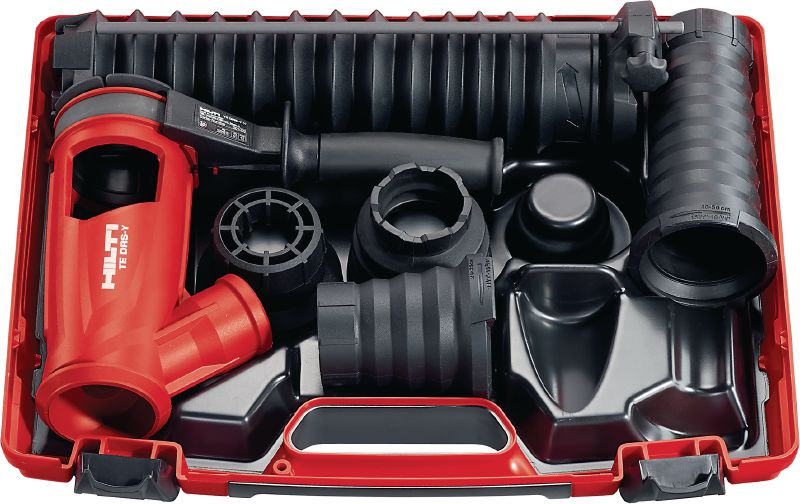
Cleaning SwabsĪ lens cleaning swab is essentially a long Q-tip with fibers specifically designed for cleaning lenses. I personally use lens wipes more often than any other item on this list.

This means you don’t run the risk of your lens wipe getting dust on it during travel. One distinct advantage to using a lens wipe over a microfiber is the fact that lens wipes come in individually wrapped packages. Lens wipes are an essential tool for a photographer or filmmaker on the go. Don’t spray your lens cleaner directly onto your lens, spray it onto your microfiber. Lens cleaner is really good if you have dried water spots on your lens.
#Professional blower dust removal system lens professional#
It’s very important to only use professional lens cleaner, as regular glass cleaning products like Windex can strip coatings off the front of your lens. Liquid lens cleaner is great at getting rid of those annoying oil spots and streaks that can’t be easily eliminated with a microfiber. Don’t ever wipe off dust or sand with a microfiber or you run the risk of damaging your lens. Microfibers are more for taking off fingerprints and grease marks from your lens. Every camera store will sell microfibers and you can pick them up for really cheap. However, you can’t just use any microfiber cloth on a lens a microfiber cloth needs to be ‘lens’ grade. Microfibers have been created specifically with glass elements in mind. It probably goes without saying, but you should NOT wipe off your lens with just any cloth (that includes your undershirt). Some brushes have built-in blowers so you can quickly blow away any static-charged fuzzies on the lens. A lens brush is typically made out of a light synthetic material.

Instead, it’s a much better practice to use a lens brush to lightly sweep away the dust particles. You run the risk of scratching the surface of your lens if you use a cloth to remove dust particles from its surface. Let’s take a look at seven essential cleaning tools under $10. Proper lens maintenance will increase the longevity of your lenses and ensure crystal-clear images. But it takes more than your breath and a t-shirt to keep your lens clean. There’s really nothing worse than finding out in post that you had a smudge on your lens. Avoid touching the lens with your bare hands to prevent fingerprints on or damage to the lens surface.Quit using your t-shirt! These seven lens cleaning tools are essential for keeping your glass clean. Do not use canned air, or the gases may leave a residue. Do not use glass cleaner or any harsh materials to clean the lens and do not subject the lens to any impacts you may damage it. Use a vacuum cleaner or a hand-held air blower to remove any dust and lint on the lens.ĭo not wipe the lens immediately after turning off the light source otherwise, it could be damaged. The high heat generated by the projector may cause a fire. Warning:Do not use a lens cleaner that contains flammable gas. Do not spray any liquid directly on the lens.

To remove stubborn smudges, moisten a soft, lint-free cloth with lens cleaner and gently wipe the lens.To remove dust or smudges, gently move the shutter to the side and wipe the lens with lens-cleaning paper or a soft, dry lens-cleaning cloth.Make sure you unplug the projector before cleaning the lens. Clean the projector's lens periodically, or whenever you notice dust or smudges on the surface.


 0 kommentar(er)
0 kommentar(er)
